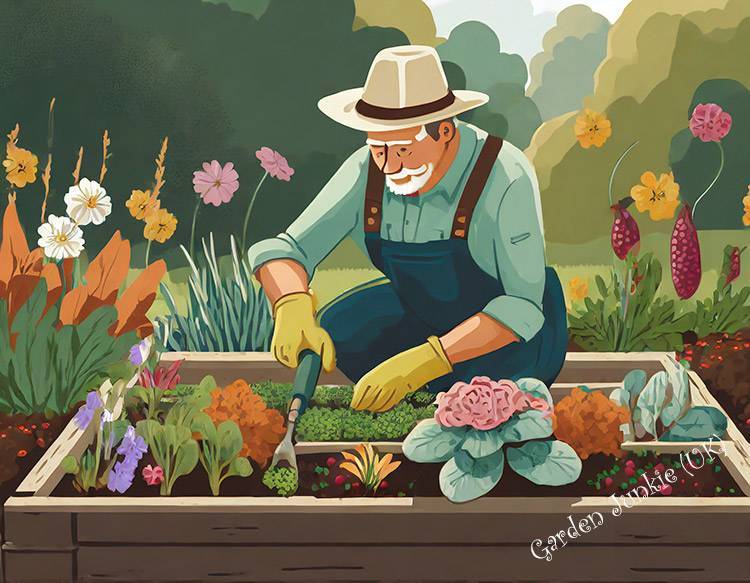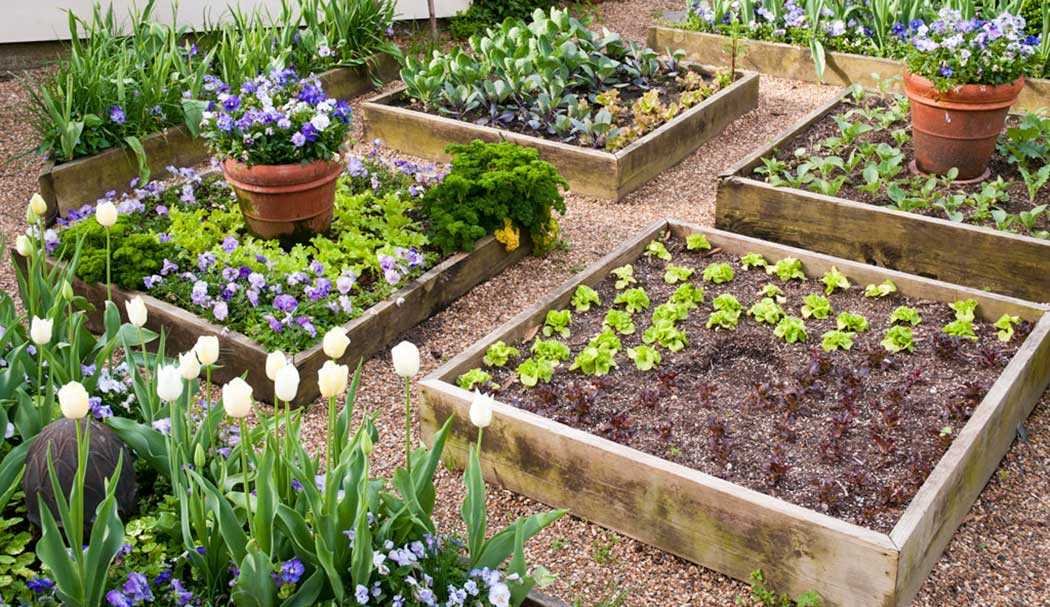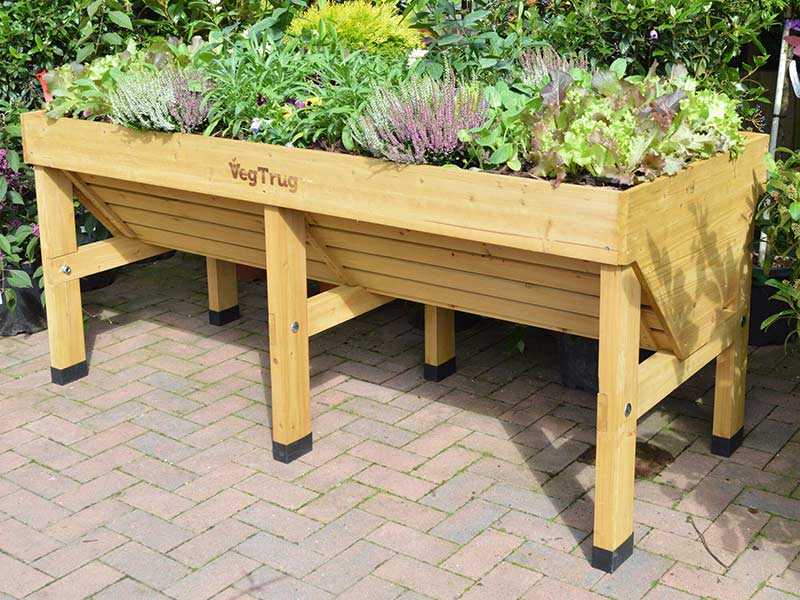Beautiful Plants For Your Interior

Raised Bed Gardening
Raised Bed Gardening For Beginners: An Introduction
Raised bed gardening is a popular and effective way to grow plants, vegetables, and herbs. It involves creating a garden bed that is raised above the ground, usually using a frame or enclosure made from materials like wood, stone, or plastic.
The benefits of raised bed gardening are numerous, including improved drainage, better soil quality, and easier access to planting and harvesting and those who may find it difficult to garden in the more traditional ways.
Planning and building a raised bed garden requires some careful consideration. The location of the garden bed is important, as it should receive adequate sunlight and be easily accessible for maintenance. The size and shape of the bed should also be taken into account, depending on the type and number of plants to be grown. Materials for the frame or enclosure should be chosen based on durability, cost, and aesthetic appeal.
Key Takeaways
- Raised bed gardening is a popular and effective way to grow plants, vegetables, and herbs.
- Planning and building a raised bed garden requires careful consideration of location, size, shape, and materials.
- The benefits of raised bed gardening include improved drainage, better soil quality, and easier access to planting and harvesting, and those who find it difficult to garden in the more traditional ways.
Planning And Building a Raised Bed Garden
When planning and building a raised bed garden, there are several factors to consider, such as sun exposure, location, and soil quality. These factors are somewhat easier to achieve with raised bed gardening than with that of a more traditional garden since you can manipulate them far more easily than with a fixed traditional garden location.
Comparing Raised Bed Gardening With Traditional Gardening
Compared to traditional gardening, raised bed gardening offers several benefits. Raised beds are above ground, which means they have better drainage and soil quality. They also provide easier access for planting, watering, and harvesting, which can be especially useful for those with mobility issues. Additionally, raised beds are often more practical for growing crops in areas with poor soil quality or limited space.
When building a raised bed garden, there are several materials to choose from, including wood, concrete, stone, brick, timber, corrugated metal, concrete blocks, and recycled materials. The most common material used for raised beds is wood, as it is affordable, easy to assemble, and can be customised to fit any size or shape.
The size and shape of your raised bed will depend on your gardening goals and available space. Square foot gardening is a popular method that involves additionally dividing the raised bed into square sections and planting different crops in each section. L-shaped and triangular raised beds are also common options for maximising space in small gardens.
When building your raised bed, it is important to ensure proper drainage by adding drainage holes and landscape fabric to the bottom of the bed. Adding a layer of organic matter, such as compost or manure, to the topsoil can also improve soil quality and provide nutrients for your plants.
To maintain your raised bed garden, regular watering and weeding are essential. Adding mulch can help retain moisture and suppress weeds, while a drip irrigation system can ensure even watering. Fertilising with organic matter and feeding your plants with nutrients can also help promote healthy growth.
Overall, planning and building a raised bed garden requires careful consideration of factors such as location, soil quality, and materials. With proper maintenance and care, a raised bed garden can provide a bountiful harvest of vegetables, fruits, and perennials for years to come.
Conclusion
Raised bed gardening is a great way to grow vegetables and plants in a controlled environment. It is ideal for beginners who may want to test the waters before embarking on a full-blown gardening journey, as well as gardeners who have poor soil quality or drainage issues in their gardens.
Raised beds can be built at any time of the year, but it is best to construct them during the winter season.
One of the benefits of raised bed gardening is the ability to control the soil quality. Gardeners can add compost, manure, and other organic matter to the soil to improve its quality. Additionally, raised beds warm up quicker than the ground, allowing gardeners to plant earlier in the season.
Raised beds also offer some protection to plants from pests, such as moles, and other vermin, They also keep plants safe from pets, kids, and lawnmowers.
When building a raised bed, it is important to consider the size and depth, depending on what you plan to grow in them. It is also essential to construct beds atop free-draining ground or add plenty of drainage holes if building them on a hard surface.
Overall, raised bed gardening is a fun and rewarding activity that can provide fresh produce and beautiful flowers. With the right soil quality and proper care, raised beds can produce a bountiful harvest.
Below and on other pages on this site you will find a host of interesting informative posts and pages concerning raised bed gardening, that will help you get the best out of this particular aspect of gardening.


